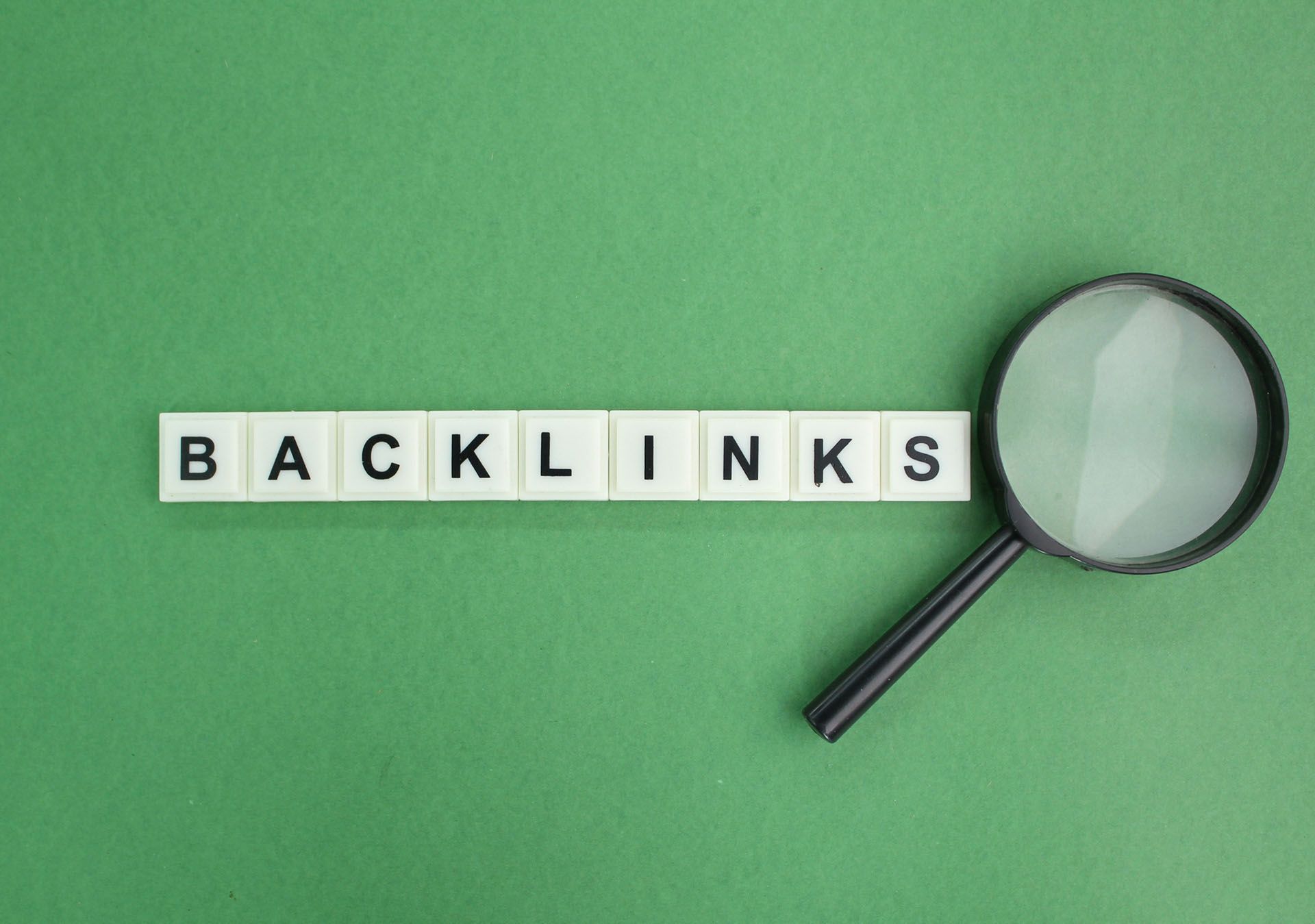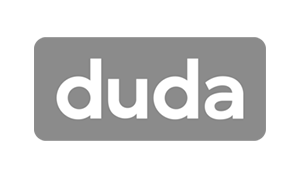Crown Street, Wollongong, 2500
SEO and Web Design: How To Build a High-Ranking Website
When boosting your brand in the digital world, it's not enough to simply have a website. Your digital presence must leave a lasting impression and go beyond mere existence. It should attract visitors to explore and engage in your content and provide a valuable resource that fulfills their needs.
In this fast-paced digital landscape where online visibility can make or break your virtual venture, understanding the relationship between SEO (Search Engine Optimization) and web design is important. Find out in this blog how web design and SEO work together to build a website that ranks. From crafting engaging content to optimizing technical aspects, we'll delve into a range of strategies, techniques, and best practices to boost your online visibility and transform your website into a high-ranking digital asset.
How do SEO and web design work together?
SEO and web design are both essential in achieving a common objective, which is to provide an exceptional user experience. While web design enhances user satisfaction through user-friendly navigation and an appealing layout, SEO ensures that your website is easily discoverable in relevant search engines.
When these two elements collaborate effectively, the website not only attracts more visitors but it also ensures that users have a positive experience during their visit. This, in turn, results in higher rankings in search engines and an increased organic traffic.
How does web design impact SEO rankings?
Web design is a significant factor that impacts SEO rankings by influencing user experience and other technical factors. When a website is well-designed, mobile-responsive, and fast-loading, it enhances user engagement, encouraging visitors to explore more of what you have to offer. Moreover, it helps in
reducing bounce rates and increases the likelihood of users staying longer on your site, which can be particularly advantageous for SEO.
Which web design elements can affect your SEO ranking?
Web design elements can have a significant impact on your SEO. Here are some ways in which web design can affect your search engine optimisation efforts:
Mobile Responsiveness
As the number of mobile internet users continues to rise, it's important that your website is accessible to this growing audience. Mobile-responsiveness is not just about enhancing user experience but it's also crucial for improving your chances of achieving higher rankings, given that Google now considers mobile-friendliness as a ranking factor. To address this, mobile responsiveness is key to ensure that your website is accessible across different devices and browsers.
Page Loading Speed
Websites with slow loading times can lead to a poor user experience and higher bounce rates, which can negatively affect SEO. By optimizing your design and images, you not only enhance user satisfaction but also reduce the risk of visitors leaving your site due to slow loading pages. This contributes to improved SEO rankings, as search engines value positive user experiences and may reward faster-loading websites with higher positions in search results.
User-Friendly Navigation
Navigation is important as it directly influences user experience, reduces bounce rates, and ensures search engines can effectively crawl and index your website. The simpler your website navigation is, the easier it is for your visitors to find what they are looking for. In turn, they are more likely to stay engaged, explore your content, and take desired actions, such as making a purchase or contacting you.
Layout and Readability
Google favors websites that exhibit a well-organized structure. So aside from focusing on visual elements of a website, designers should also consider how these design choices impact the overall reading experience for visitors. Clear typography, meta-descriptions, and well-structured headings can help users navigate and understand a website’s content more easily. Furthermore, effective keyword integration throughout your site and using whitespace to improve content separation can reduce clutter and make the text more readable, providing users with a greater browsing experience.
Secure and Clean Code
Efficient and error-free coding practices ensure an improved performance, faster loading times, and a better user experience by making it easier for search engine crawlers to understand and index the content. Not only do they promote cross-browser compatibility but they also simplify maintenance, and provide enhanced security, safeguarding your website against potential vulnerabilities. Additionally, clean code contributes to accessibility and scalability, ensuring a more inclusive website for all users while providing a strong foundation for future growth and adaptation to changing needs.
Local SEO Integration
For businesses with a physical presence, integrating local SEO elements into your design, such as location information, maps, and local schema markup, can significantly improve your local search rankings and online visibility. Local SEO integration is essential for attracting nearby customers and ensuring that your business is discoverable when users search for products or services within their vicinity. This is an effective approach to reach your local audience and bring more people to your physical store. Adding customer reviews and ratings also builds trust and makes your business more attractive to local searchers.
Alt Tags
Alt tags inform Google's algorithm about the content of your images, potentially leading to your image appearing in a user's search results if it aligns with their query. Significantly, they also assist visually impaired users and those with browsers that don't support your files in comprehending the content being shown. To create effective alt tags, write complete sentences that precisely describe the image. Start with a capital letter and end with a period.
File Names and Sizes
While they may be too minor to notice, image file names can significantly contribute to your website's optimisation. Properly named image files can enhance your site's search engine visibility and help search engines understand the content of your images. Using descriptive and relevant keywords in file names is a simple yet effective SEO practice that can improve your website's overall performance in search results. Furthermore, keeping your image file size as small as possible helps in reducing bounce rates.
URL Structure
Every page should feature a descriptive URL that reflects its content. When creating your URL, make sure that you conduct keyword research for every page in your website design before its launch.Use hyphens (not underscores) to separate words, and consider including relevant keywords as well. Descriptive URLs assist Google in determining which keywords to associate with your pages, and they are also more memorable for visitors compared to random characters.
How To Build a Web Design that Ranks Well on Search Engines
Building a high-ranking website requires a strategic blend of
effective web design and SEO practices. Here are key steps to help you create a website that performs well in search engine rankings:
1. Keyword Research
Start by conducting thorough keyword research to identify the terms and phrases relevant to your content and audience. Choose highly-searched keywords with low-competition to maximize your chances of ranking well in search engine results.
2. Quality Content
Develop high-quality, original, informative, and engaging content that communicates the needs and interests of your target audience. Quality content is not just about keyword placement but it's about providing valuable and relevant information that establishes your authority in your niche and fosters trust among your website visitors. This not only enhances your SEO rankings but it also keeps users coming back to your site.
3. Internal Linking
Implementing strategic internal linking is crucial to guide users to related content within your website.This not only distributes link equity but it also prompts users to explore more of your web pages and discover more valuable information. In addition, this helps reduce bounce rates, contributing to improved search engine rankings and a greater user experience.
4. User Experience (UX)
Prioritize user experience by creating a visually appealing, mobile-responsive, user-friendly, and informative website. These essential elements collectively contribute to creating a positive user experience, which can have a profound impact on SEO rankings and overall website performance. Since Google gives preference to mobile-friendly sites, make sure that you test your design on various devices to guarantee a seamless experience. Create an intuitive and user-friendly navigation structure with well-structured menus so users can find content easily.
5. Regular Updates
Update your content consistently to keep it fresh and relevant. Frequent updates can signal to search engines that your site is active and offers valuable information. This can lead to more frequent indexing and improved search rankings, further establishing your website as a reliable source of information in your niche.
6. Backlinks
Backlinks are a strong SEO ranking factor in search engine algorithms and can significantly boost your site's visibility. To acquire quality backlinks from reliable sources, cultivate relationships with industry influencers, create shareable content, and engage in outreach efforts. When reputable websites link to your content, it not only enhances your website's credibility but also signals to search engines that your content is trustworthy and worthy of a higher ranking in search results.
7. Monitor and Analyze
Monitoring your website performance is essential from time to time to identify areas for improvement. You can use various tools like Google Analytics to analyze data. This can provide valuable insights into visitor behavior, search queries, and other critical data. By identifying trends, tracking user engagement, and adjusting your strategies accordingly, you can continually improve your website's SEO and overall performance, ensuring that it remains a reliable and competitive online resource.
Conclusion
Ensuring that your web design is not only visually appealing but also technically optimized for both users and search engines is essential for achieving higher search engine rankings and a successful online presence. By implementing the strategies discussed above, you can craft a high-ranking website that not only excels in terms of design but also performs exceptionally well in search engine results.
Keep in mind that web design is an ongoing process that requires monitoring, adaptation, and staying up to date with the latest trends and search engine algorithms. As you continue to refine your web design with SEO in mind, you'll not only attract more visitors but also provide them with a seamless and engaging online experience. So, invest in a good web design, deliver your content to the right audience, and watch your website rise through the ranks.
Written by Melody Jaimon
Melody Jaimon is an experienced digital marketing specialist with a wealth of experience in the dynamic world of SEO. She excels in driving successful campaigns with her expertise spanning across various facets of web design, search engine optimization, content strategy, copywriting, graphic design, and logo design. Melody is also the founder and managing director of Love My Online Marketing, a leading web design agency in Wollongong, Australia.


Love My Online Marketing has 10+ Years of working alongside businesses and helping them grow. Discuss your options for online success from website Design and Development through to Google Marketing.
Do you want more traffic and business leads?
Love My Online Marketing is determined to make a business grow. Our only question is, will it be yours?






























